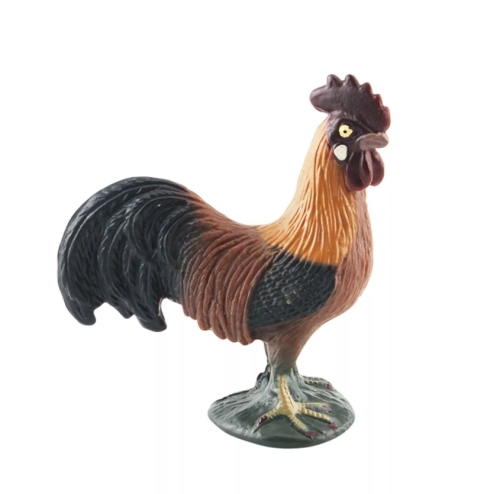The Rooster model is a widely used model in many fields such as economics, ecology and social science, which is mainly used to analyze and predict the interaction between different variables in a system. Its name is derived from the biological characteristics of the rooster, emphasizing the complex dynamic behavior that emerges in a specific environment, especially how to achieve balance and stability.
The Rooster model is based on several assumptions, the first of which is that variables interact with each other. For example, in an ecosystem, various organisms not only depend on each other, but also cause changes in the environment due to changes in population numbers. Secondly, the rooster model emphasizes the role of feedback mechanism. In many cases, changes between variables modulate the system through feedback, promoting stability or causing instability. For example, when a resource is overconsumed, the population may be reduced by a lack of food, allowing the resource to recover gradually.
In addition, the rooster model can simulate nonlinear dynamic behavior effectively. In many cases, the changes in the system are not linear, but take on complex periodic or chaotic characteristics. This nonlinear property is particularly evident in ecological models, such as the relationship between predators and prey, where as one population changes, the other population also experiences fluctuations, forming a complex dynamic balance.
The application of the rooster model is very wide, including resource management, environmental protection, economic policy making and so on. In resource management, decision makers can use this model to predict the sustainability of resources, so as to achieve a balance between rational use and protection. In economic policymaking, the rooster model can help analyze the long-term effects of policies on markets and avoid the negative outcomes of short-term decisions.
















